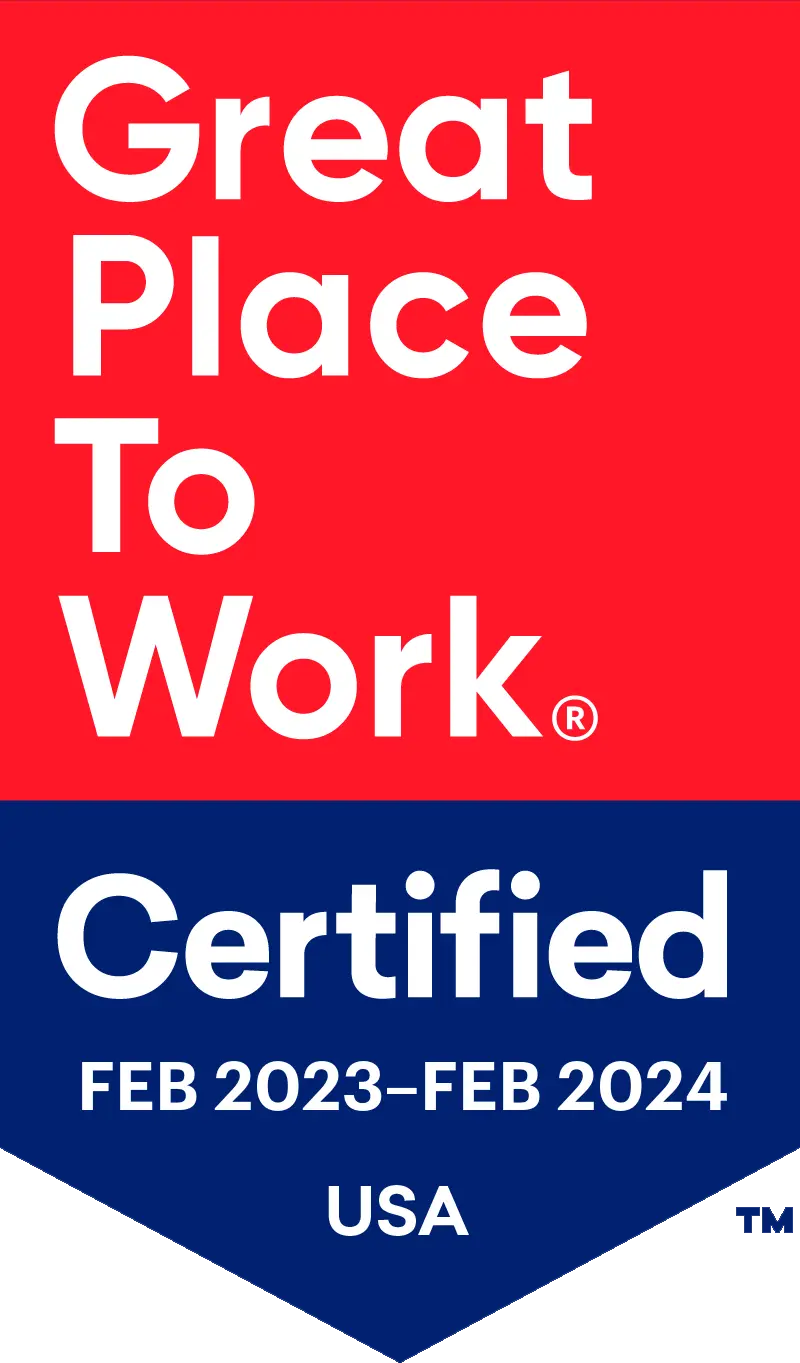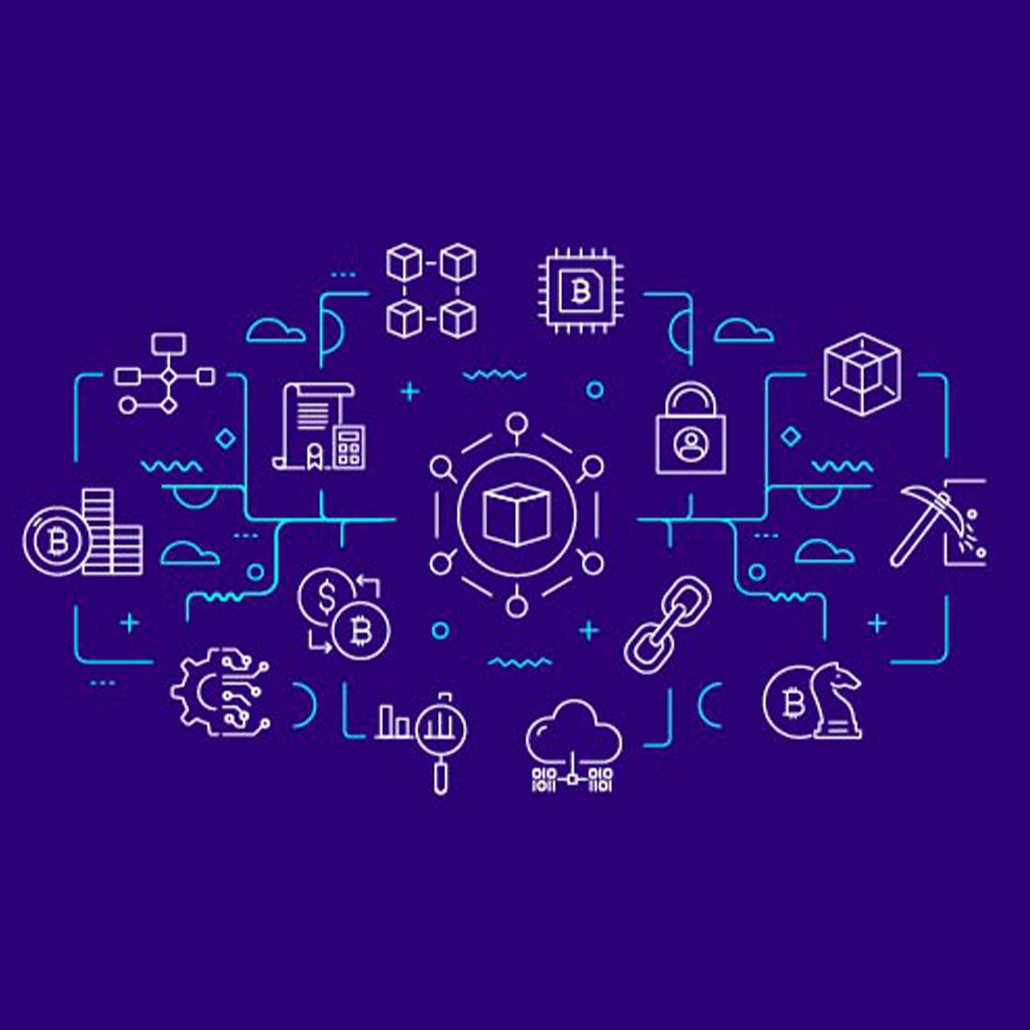What is blockchain?
Blockchain is a new database type that enables safe, open, and unchangeable transactions. Initially created as a component of the Bitcoin electronic cash system, it was subsequently integrated into other programs like Ethereum and Hyperledger Fabric.
Blockchain offers a safe environment for transactions between involved parties as a distributed digital record. A blockchain is a peer-to-peer computer network that maintains a decentralized database. The blockchain keeps a permanent and unchangeable record of every transaction while eliminating any single point of failure.
Of course, someone must take care of creating the blockchain software. Blockchain in software development is an emerging field since it has become evident that blockchain is more than just about cryptocurrency.
This article will take a high-level look at blockchain in software development. If you are looking for opportunities in software development tools or even prospects in blockchain, then this article is for you.
Relevance of Blockchain Software Development in the industry
Bitcoin and other similar digital currencies were the catalysts for the development of blockchain, but its advantages quickly spread to other sectors. Even large corporations are already touting the many advantages of blockchain technology, primarily because they advertise blockchain services on their platforms, including Amazon, Microsoft, Oracle, and IBM.
This indicates that there is a huge scope of opportunities for software developers in blockchain technology. It finds its application in: –
- Supply chain administration
- Manufacturing
- Supply networks for retail and wholesale
- eCommerce Distribution, logistics, and warehousing
- Banking and financial services
- Retail
- Energy
- Telecommunications
- Healthcare
- Education
- And Government
How to develop blockchain?
Traditional databases and blockchains both let you store data in an ordered manner. On the other hand, blockchains employ encryption to prevent data theft and tampering. As a result, they are especially beneficial for security-sensitive applications in the financial services, supply chains, and healthcare industries.
The blockchain software development process involves six significant steps:
1. Identify the problems to solve with blockchain
Establishing a problem statement at the outset and identifying all the issues to be addressed with a suggested solution is crucial. Prior to developing an app from scratch, make sure the solution will satisfy the business needs and convert the present solution to the blockchain.
You can move on to the next phase and choose the ideal blockchain platform for your project if you are sure that a blockchain solution is essential.
2. Select a blockchain infrastructure
It takes months or even years to successfully design an app built on the blockchain from scratch and requires substantial research. Spending enough time doing the research before building an app on a blockchain platform ensures that it satisfies all your business needs.
Next, decide which platform will assist you in resolving your problems via a consensus approach. To develop a decentralized, unconstrained software system with smart contracts, you can also build an Ethereum-based application.
3. Idea generation for blockchains
If you pick a blockchain platform for a solution, you should focus on creating business requirements and acquiring creative ideas. Find out what technological elements you can integrate into the blockchain ecosystem to help you develop an application on time and a roadmap. Make sure to choose whether to use a permissioned or permissionless blockchain network before you begin developing an app. This will make working with front-end programming languages easier and produce reliable results.
4. Proof-of-concept
To explain the practical applicability of any blockchain project, you need a proof of concept. You can pick between a design prototype and a theoretical build-up. Each project needs theoretical cases if it is a theoretical build-up. Users will be able to comprehend the product’s applicability and feasibility. Defining the parameters of the project is the purpose of proposals. A prototype is created once a theoretical build-up is complete. It consists of sketches, information architecture, mock-ups, designs, and tested goods.
5. Technical and Visual Designs
Once the application is designed, the developer can start designing the user interfaces for each piece of software. To execute the application at the backend, APIs will be coupled with user interfaces, and graphic designs will give the application a flawless appearance and feel. The application is ready to move forward with development once all the console and user interface designs are completed.
6. Development of blockchain software
The most crucial stage of the blockchain development process is finally when the development of blockchain software applications happens. You must create and integrate APIs in this step for the application’s use cases that were created using various versions.
Once the blockchain application has been completely tested, the production stage can be carried out followed by preparing for delivery. It is important to deploy your app on a test network before launching it to ensure that all its features and capabilities are working as intended.
The creation and deployment of blockchain software do not signify its completion. It is crucial to maintain it after development to ensure all forms of enhancements will work with it.
Types of Blockchains in Software Development
Following are the three main categories of blockchains:
Public Blockchain
A public blockchain is a network that anybody can access without special authorization. Since the network is unmanaged, anyone who joins it can read, write, and participate. It is an open-source platform that is reliable, open, and secure. Anyone may use the open blockchain platform or evaluate it, either as a developer or user.
Private Blockchain
It is a unique form of blockchain technology where a single entity governs the network. These programs for a company’s internal networking system are strengthened with the aid of private blockchain solutions.
Hybrid Blockchain
Innovative blockchain technology, known as the hybrid blockchain, is a unique transformation. Businesses and governments can improve their operations with better solutions and manage their workflow more effectively.

Benefits of Blockchain in Software Development
Blockchain supports businesses and adds value by providing a wide array of advantages to organizations and businesses. Here are the benefits of using blockchain in software for your company or business:
1. Blockchain is Decentralized
It does not rely on an obtrusive intermediary. Transactions are dispersed among thousands, even millions, of machines, but only your blockchain network has access to them. This decentralization ensures that data is never lost.
2. Blockchain is Immutable
A blockchain’s data structure follows an append-only model. Data that has already been recorded cannot be altered or deleted by malicious parties. Naturally, this adds another level of protection.
3. Transparency
The history of transactions is becoming more visible with the use of blockchain. Due to the distributed ledger nature of the blockchain, all users of the network have access to the same updated ledger that has been verified by network consensus.
4. Enhanced Speed
Traditional commercial procedures and methods use paper, take a lot of time, are error-prone, and involve third parties as intermediaries. Blockchain enables secure and quick transaction execution by streamlining and automating corporate procedures. Because everyone in the network has constant access to the same information, a speedy settlement is achieved.
5. More Traceability
Food items can be tracked via blockchain throughout their entire lifecycle, from their point of origin to the customer. Credibility, effectiveness, and safety are improved. Blockchain can drastically improve supply chains by enabling quicker and more affordable products, strengthening product traceability, improving partner coordination, and facilitating access to funding.
6. Lower Costs
Blockchain eliminates the need for intermediaries or third parties to establish trust. Everyone will access an immutable version after the network’s participants have verified everything through a consensus process.
Top 5 Blockchain Tools for Blockchain Development
Blockchain tools simplify the process of developing a blockchain and give more insights into the subject.
1. Solidity
Undoubtedly, one of the most used languages for blockchain developers is Solidity. It is statically typed and allows complicated user-defined types, libraries, and inheritance.
2. Geth
Geth is an Ethereum node implementation constructed using the Go programming language. On all three of the most popular operating systems—Windows, Mac, and Linux—Geth can be used for Blockchain development for software.
3. Mist
The official Ethereum wallet created by Ethereum’s developers is called Mist. When it comes to Ethereum, you must have a specified location where you can keep your Ether tokens and carry out your smart contracts before you can begin using the network.
4. Solc
The C++ command-line compiler translates Solidity scripts into a format that the Ethereum Virtual Machine can understand more easily. Even though Solidity is a condensed, weakly typed language with a syntax like JavaScript, smart contracts written in it must be translated into a format that the EVM can quickly read and decode. Solc fulfills this role.
5. Metamask
This wallet was created to operate as a connection between a browser and the Ethereum Blockchain. It functions essentially like a browser extension. Metamask is a software platform that enables you to communicate with Ethereum Dapps as well as serve Ether and other ERC-20 assets. Best of all, you can use it directly from your browser.
Who is a blockchain software developer?

A blockchain network or a decentralized application for that network is actively being developed by blockchain developers.
A skilled blockchain developer knows the blockchain architecture, supporting technologies, and requirements for integrating the many blockchain components into a cohesive whole. The developer is skilled in implementing efficient consensus protocols, creating decentralized applications, and creating smart contracts.
What do blockchain software developers do?
Blockchain developers have several responsibilities. They may oversee the blockchain network and the software that runs on it. They may also supervise a combination of the two. Additionally, they might participate in developing blockchain networks and apps, assessing current systems, and testing new technology.
Depending on the individual’s circumstances, a blockchain developer may have one or more of the following tasks and responsibilities:
- Blockchain network, consensus protocol, and decentralized application research, analysis, and design.
- Implementing cryptographic tools like digital signatures and hash functions, and planning security and compliance across the whole blockchain network.
- Investigating, analyzing, and incorporating fresh tools and technology into a blockchain network or its applications.
Types of blockchain software developers
Blockchain developers frequently wear numerous hats depending on the size of their organizations and their projects. However, the majority of blockchain developers fall under the two categories below-
1. Core blockchain developers– The blockchain network and its underlying architecture are of the utmost importance to core blockchain developers. The network is planned and developed, the environment is monitored and optimized, the network’s interface with other services is decided, and a safe and effective setting is created to deploy decentralized applications.
2. Blockchain software developers– A blockchain network’s architecture and consensus protocols are taken into consideration as blockchain software developers design decentralized applications and smart contracts for the network. They oversee front-end and back-end code and develop an API that enables blockchain connections. They might also create client-side programs for various kinds of gadgets.
Companies that use Blockchain-
- Amazon
- Walmart
- Visa
- Ford
- Microsoft
- Oracle
- Scotiabank
- Sunoco
- IBM
- Coldwell Banker
How is blockchain used in software development?
Here are some ways how a custom software development company can use blockchain technology software engineer:
1. Cryptocurrency software and blockchain development
While the protocols for various cryptocurrencies vary, the blockchain is the foundational technology for all of them.
A ledger of cryptocurrency coin transactions is the type of data stored on the blockchain in the case of cryptocurrencies.
2. Smart Contracts
When the input requirements are satisfied, a smart contract’s payload—a contract written in code—can be automatically executed.
Any industry or situation that would profit from the automatic, independent, and prompt implementation of agreed-upon contracts could use smart contracts.
3. Dapps (distributed applications)
The applications of blockchain that operate on a decentralized network are called Dapps. They are different from conventional web applications because the backend code is spread throughout a network of peer-to-peer (P2P) computers instead of running on a single central server. The front-end programming and user interfaces, like web apps, can be built in any language.
4. Logistics and supply chain management
Supply chain management and logistics can benefit greatly from blockchain technology. In these cases, permissioned blockchains are suitable since businesses need to know and trust all participating nodes. Additionally, permissioned blockchains enable a higher level of anonymity.
5. Personal identity management and security
Decentralized and secure identification could be provided through blockchain technology, independent of centralized institutions like banks or government agencies. Additionally, it can provide the frameworks necessary for individuals to control and profit from their data fully.
6. Worldwide money transfer
International money transfers can be very time and money-consuming. Though new fintech applications like Square, Venmo, and Ant Group have made peer-to-peer purchasing, selling, and lending easier. In today’s banking systems, data is centralized, as opposed to disseminated, and each bank may adhere to its own set of rules and regulations. Most cross-border transactions have significant fees and take several hours or days to complete.
7. Sharing medical data securely
Any health-related data, including notes from doctor visits, prescriptions, MRI scans, and surgical results, might be stored on the blockchain. Patients’ information may be sent to other organizations by various healthcare institutions. Patients might then have access to such data and, if necessary, grant clinicians access.
8. Real estate processing
Traditional contracts might be replaced by smart contracts, which would do away with the requirement for third parties (such as lawyers and real estate agents). The way homes are rented, purchased, and sold is being disrupted by new platforms like Property Club and The Bee Token. By dividing their assets into smaller bits and making them accessible to small investors, sellers can tokenize their assets. Buyers or tenants could use cryptocurrencies to pay for real estate. In addition to revolutionizing the current systems for renting and property sharing, blockchain technology may also provide greater investment and liquidation prospects.
Future of blockchain in software development
The internet is used by more than 3 billion people and plays a significant role in our daily lives. It will only be a matter of time before blockchain experiences the same thing. Even if most people are unaware of how it operates, demand for Blockchain development is constantly rising and will soon serve as the foundation for an incredible number of systems.
About the Author
Dan Levin – President
Dan is a founding member of Liventus and currently serves as the President. He oversees business operations, and growth and manages software development.


